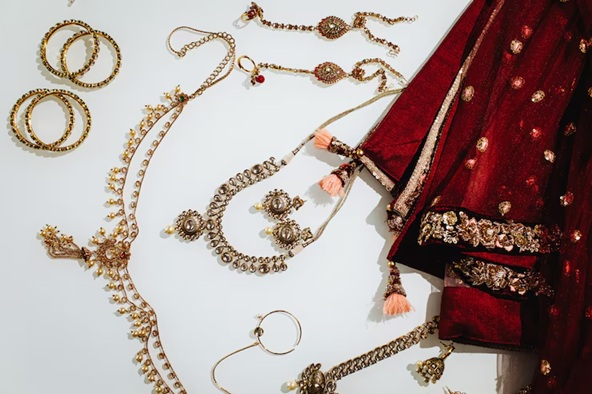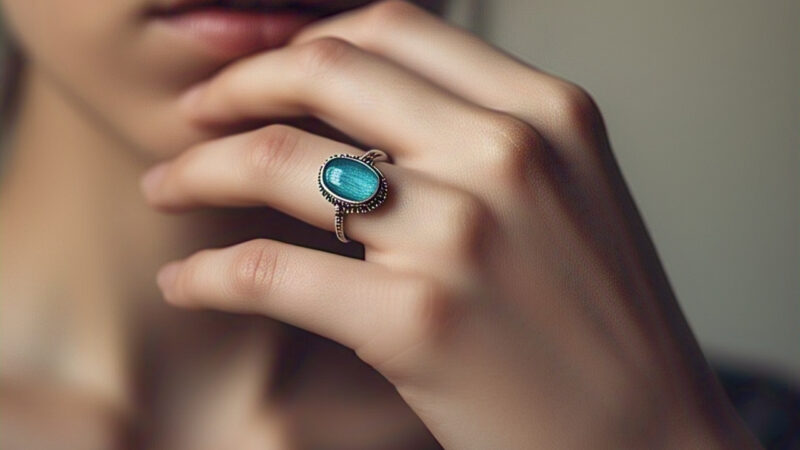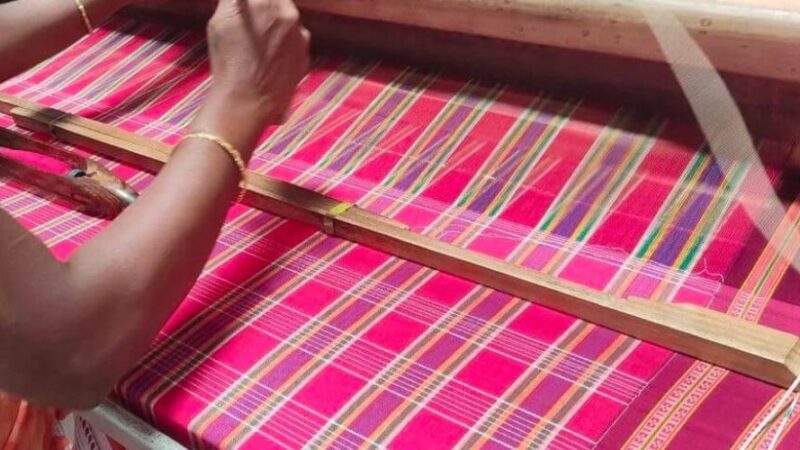The Sparkling Legacy: Unveiling the Timeless Jewellery of Manipur

In the lush valleys and vibrant cultural mosaic of Northeast India lies a land known not just for its scenic beauty but also for its deep-rooted traditions—Manipur. One of the lesser-explored treasures of this culturally rich state is its distinctive and intricate jewellery. The jewellery of Manipur is not just adornment; it is an emblem of identity, heritage, and artistry, woven through centuries of royal patronage and tribal craftsmanship.
A Glimpse into Manipur’s Rich Cultural Heritage
Manipur, often referred to as the ‘Jewel of India,’ justifies this title not only with its natural splendor but also through its artisanal excellence. The jewellery of Manipur reflects the diverse traditions of the Meitei, Naga, and Kuki communities, each with its own aesthetic sensibilities and symbolic meanings. These pieces are often handcrafted, making each item unique and infused with cultural significance.
The state’s jewellery traditions have evolved over centuries, influenced by royal tastes, spiritual beliefs, and interactions with neighboring cultures. Despite modernization, the ancient methods of jewellery making continue to thrive, preserved by skilled artisans who have inherited their knowledge through generations.
Traditional Jewellery of Manipur: Styles and Symbolism
The traditional jewellery of Manipur is known for its elegance and minimalism, often made from natural materials such as gold, silver, beads, shells, and stones. Here’s a look at some of the most iconic types:
1. Khachim Gaibi
Khachim Gaibi is one of the most iconic ornaments worn by Meitei women. This intricately crafted necklace is composed of multiple strands of red, white, and black beads. It symbolizes beauty and is often worn during dance performances and traditional ceremonies. The colors represent different elements: red for energy, white for purity, and black for protection.
2. Samjin
Samjin is a type of waistband or girdle, traditionally worn by Manipuri women during the famous Ras Lila dance or marriage ceremonies. Often made from gold or silver with elaborate floral or geometric motifs, Samjin enhances the beauty of traditional attire and holds cultural significance as a mark of femininity and grace.
3. Leipak Leichil
This traditional hair ornament is unique to Manipuri bridal wear. Made from silver or brass, Leipak Leichil is designed in the shape of a leaf and adorned at the back of the head. It is often paired with other head ornaments to complete the bridal ensemble.
4. Khondon
Khondon refers to traditional earrings worn by both men and women, typically made of silver or gold. These earrings range from small studs to large, elaborate hoops, often engraved with ethnic patterns or studded with colored stones.
5. Chandrika
As the name suggests, Chandrika is a crescent-shaped ornament worn on the forehead. It’s similar to a maang tikka and is a staple in bridal and festive wear. Crafted meticulously with floral and leaf patterns, it adds a regal touch to the Manipuri woman’s attire.
Tribal Influences on Jewellery of Manipur
The tribal communities of Manipur, including the Nagas and Kukis, contribute immensely to the jewellery tradition of the state. Their jewellery is more rustic and symbolic, often associated with warrior culture, nature worship, and social hierarchy.
– Beaded Necklaces
Beads are central to tribal jewellery in Manipur. These necklaces are usually layered and colorful, worn during festivals and important life events. The size, color, and arrangement of beads can indicate the wearer’s social status or marital status.
– Brass and Bronze Ornaments
While the Meiteis typically use gold and silver, tribal communities often opt for brass and bronze. These metals are molded into heavy bangles, armlets, and pendants with tribal motifs representing animals, flora, and celestial bodies.
– Bone and Shell Jewellery
Sustainable and eco-friendly, many tribal ornaments are made from bones, shells, and wood. These materials are carved into stunning patterns and often dyed to enhance their aesthetic appeal.
Modern Revival: Contemporary Jewellery of Manipur
In recent years, there has been a noticeable revival in the popularity of the traditional jewellery of Manipur. Designers and artisans are blending age-old techniques with contemporary designs to cater to the tastes of modern consumers. Jewellery made with Manipuri motifs is now featured in fashion shows, exhibitions, and online marketplaces.
Young Manipuri designers are increasingly using traditional designs as inspiration for minimalist gold pendants, silver earrings, and even fashion accessories like brooches and hairpins. These pieces, while modern in design, carry the essence of Manipuri culture and are popular among both Indian and international buyers.
Jewellery of Manipur in Ceremonial and Dance Traditions
Manipuri classical dance is not just about graceful movements; it is also about visual storytelling. The jewellery of Manipur plays a pivotal role in enhancing the overall aesthetic of the dance. Ras Lila performers, for instance, wear traditional ornaments that complement their costumes and help convey divine characters like Krishna and Radha.
Similarly, in wedding ceremonies, the bride’s ensemble is incomplete without traditional jewellery. Each piece she wears carries a meaning, often passed down as heirlooms from one generation to the next.
Challenges Faced by Manipuri Jewellers
Despite its rich heritage, the jewellery of Manipur faces several challenges:
- Limited Market Access: Many artisans operate in remote areas and lack access to broader markets.
- Lack of Awareness: Outside of Northeast India, there’s limited awareness about Manipuri jewellery, leading to undervaluation.
- Imitation Products: The influx of machine-made jewellery has affected the demand for handcrafted items.
- Resource Constraints: Access to quality raw materials remains a hurdle for local jewellers.
Efforts are underway by the government and NGOs to support these artisans through training, market linkage, and financial aid. Cultural tourism and digital platforms are also opening new avenues for Manipuri jewellery to shine on the global stage.
Preserving the Heritage: A Collective Responsibility
To preserve the rich legacy of the jewellery of Manipur, more awareness and appreciation are needed. Supporting local artisans, buying authentic handmade products, and educating others about the significance of this craft can go a long way. Schools and cultural organizations in Manipur have started including jewellery-making in their curriculum. Exhibitions and fairs like the Sangai Festival provide a platform for local craftsmen to showcase and sell their creations to a larger audience.
Conclusion
The jewellery of Manipur is not just ornamental—it is cultural poetry cast in metal and stone. It speaks of ancient traditions, spiritual beliefs, and the artistic spirit of a land that remains one of India’s most enchanting corners. As this craft navigates the challenges of modernity, its essence remains unaltered—a true testament to the enduring legacy of Manipuri heritage.
Whether it’s the vibrant beaded necklaces of the tribes or the elegant gold ornaments of the Meitei community, each piece tells a story, waiting to be heard, admired, and passed on.
Read more: https://en.wikipedia.org/wiki/Lin_Laishram





